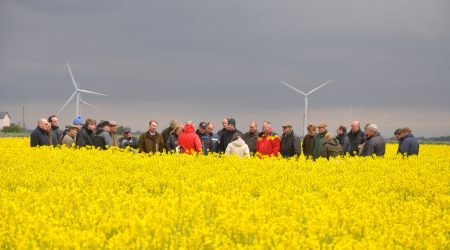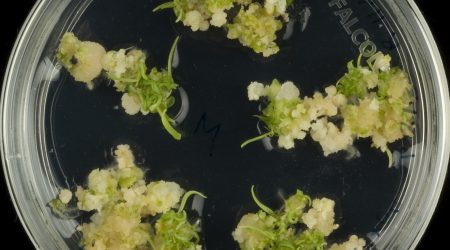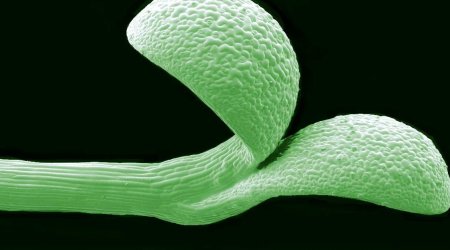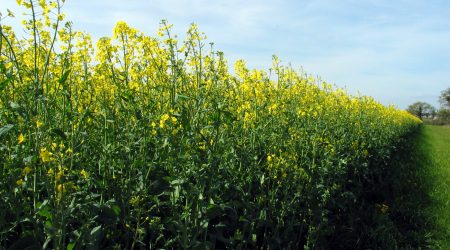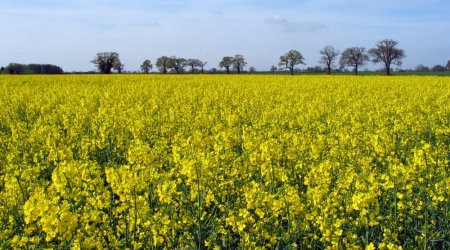Brassica species encompass a diverse range of economically important crop species worth in excess of $20 billion worldwide.
The UK oilseed rape and Brassica vegetable markets alone are worth in excess of £1B/annum.
Losses in these crops can exceed 20% and are heavily influenced by unfavourable weather patterns. As such, adapting them to buffer against climate variables represents a complex challenge for agriculture. The BRAVO Project is in a unique position to help.
Our research goal is to better understand seasonal and environmental effects on developmental transitions in Brassica crops, and to use this information to improve reliability, yield and quality.
BRAVO aims to unravel the gene networks controlling flowering time in response to environmental cues and study how these networks affect all developmental stages of the plant, from vegetative growth to seed production. This whole life-cycle approach differs from previous studies providing insights into the knock-on effects of changes to genes and network for the whole plant allowing us to gain a better understanding of how to incorporate changes which are optimal for the crop plant as a whole. This will allow future development of robust, high yielding plants.
Central to this research project is work package 1 which provides computational underpinning for the project using high-resolution time-series expression data in selected tissues to reconstruct the gene regulatory networks governing major life-cycle transitions.
The remaining four work packages provide phenotypic assessment and associative transcriptomics of Brassica tissue at four different transitional stages. Sequencing tissues to look at gene expression under varying environmental perturbations will give further insights into the combination of gene x environment effects. This information gathered at different points in the plant life-cycle will then be fed into our computational reconstruction of regulatory networks.
Work packages 2 to 5 provide phenotypic and associative transcriptomic data at different stages of the plant life-cycle. These feed into work package 1 where tissue network modelling of the interaction between these stages takes place.
